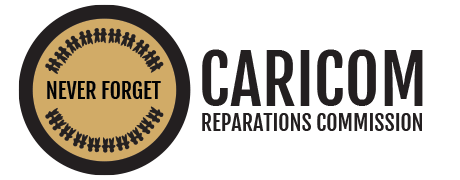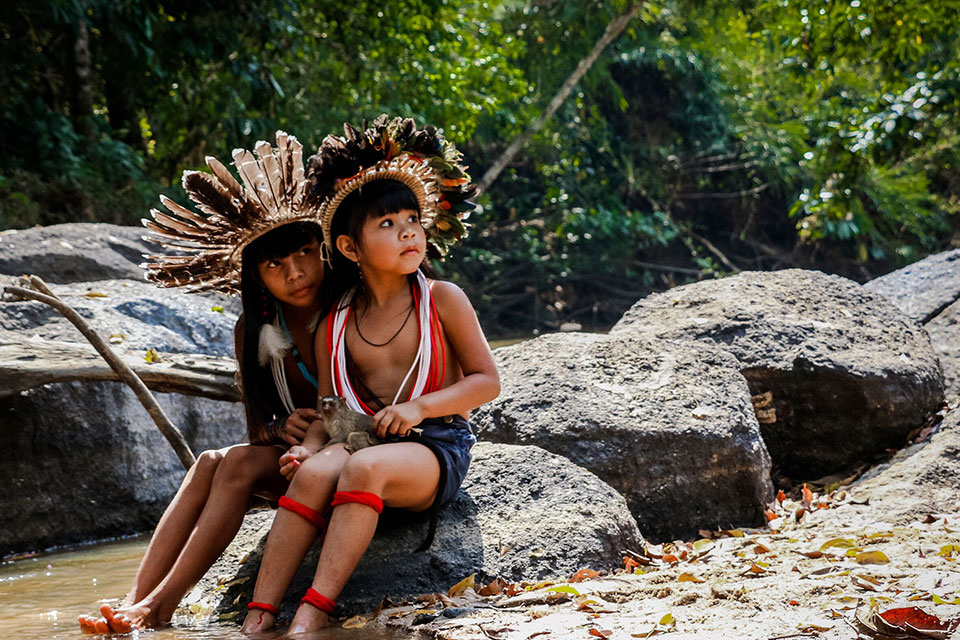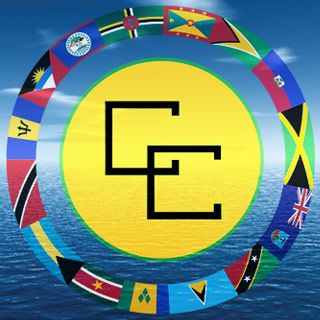Indigenous People’s Day 2020 offers a chance to reflect on the destructive effects of colonialism and the enduring power of traditional ways of life.
By Amanda Schupak
The second Monday in October, traditionally called Columbus Day, is now known in 14 states, the District of Columbia and more than 130 cities as Indigenous People’s Day.
The name change is symbolic and important, emphasizing the need to recognize and honor the history and culture of Indigenous people — rather than celebrating the European explorer who brought colonialism, disease and violence to their communities.
The story of Indigenous people in America is one that echoes around the globe. “From the Amazon to the Kalahari, from the jungles of India to the Congo rainforest, … tribal peoples … suffer racism, land theft, forced development and genocidal violence,” reads the website of Survival International, an organization that fights for the rights of Indigenous people.
Native peoples have strong cultural ties to their lands and proud traditions of protecting natural resources. But they largely lack legal control of those lands, leaving them vulnerable to exploitation by major industries such as fossil fuels, mining, logging and agriculture. Even today, they are being killed defending their ancestral homes.
There are many stories of the strength and survival of Indigenous people that rarely get told. This series of photos, submitted to Survival International for its “We, The People” 2021 calendar, celebrates the resilience and pride of tribal people around the world as they fight to preserve their lives and their heritage.





